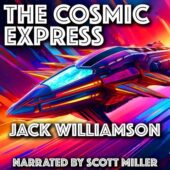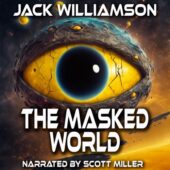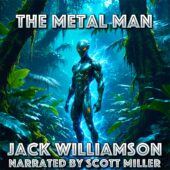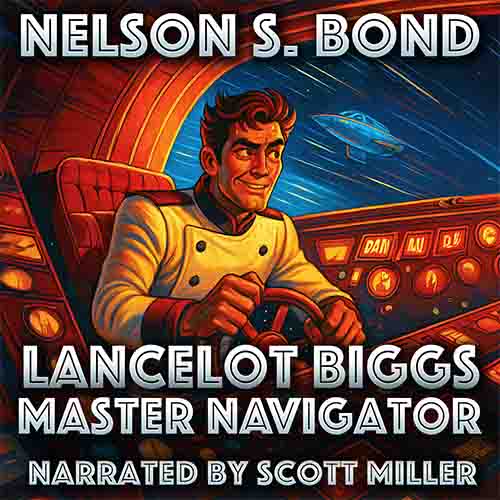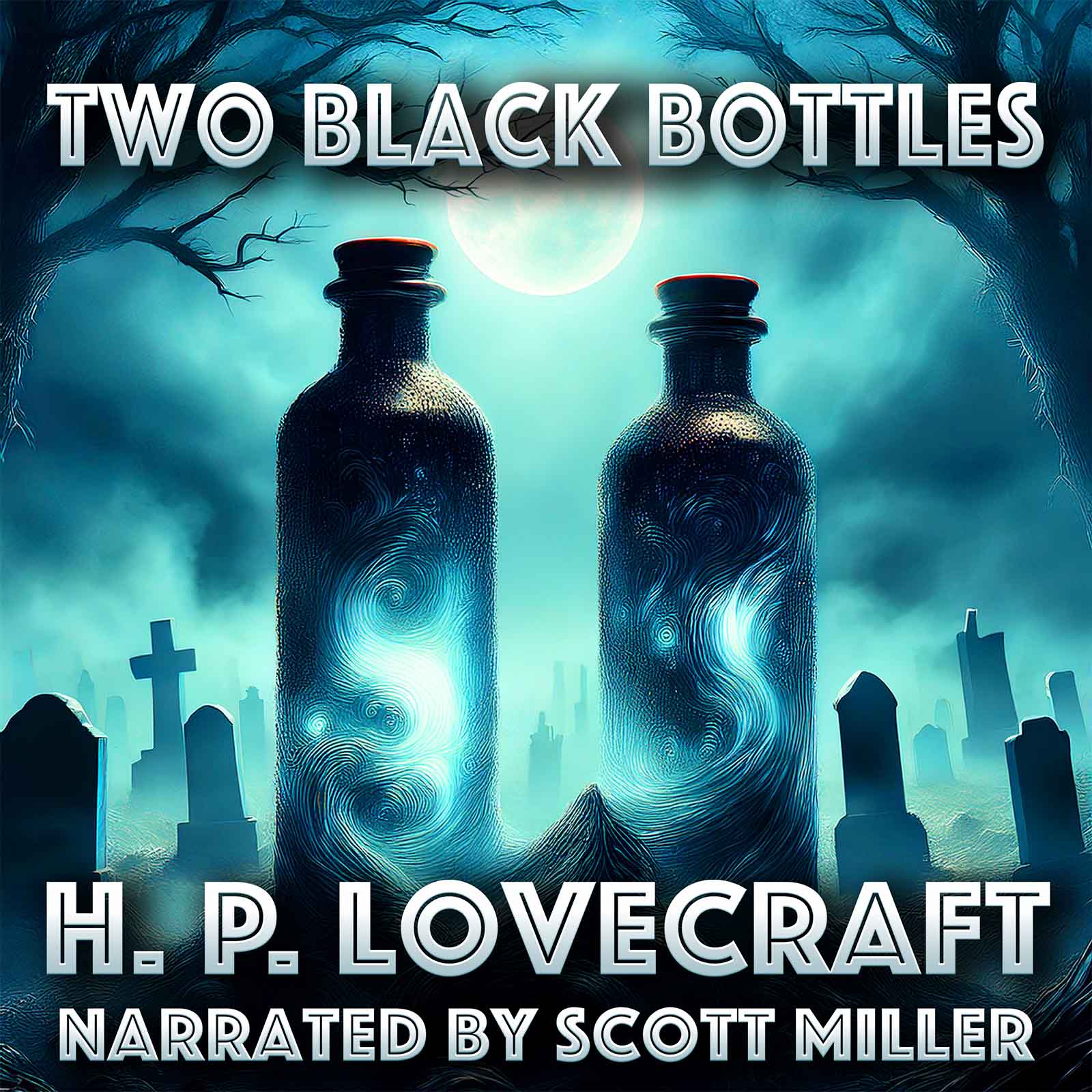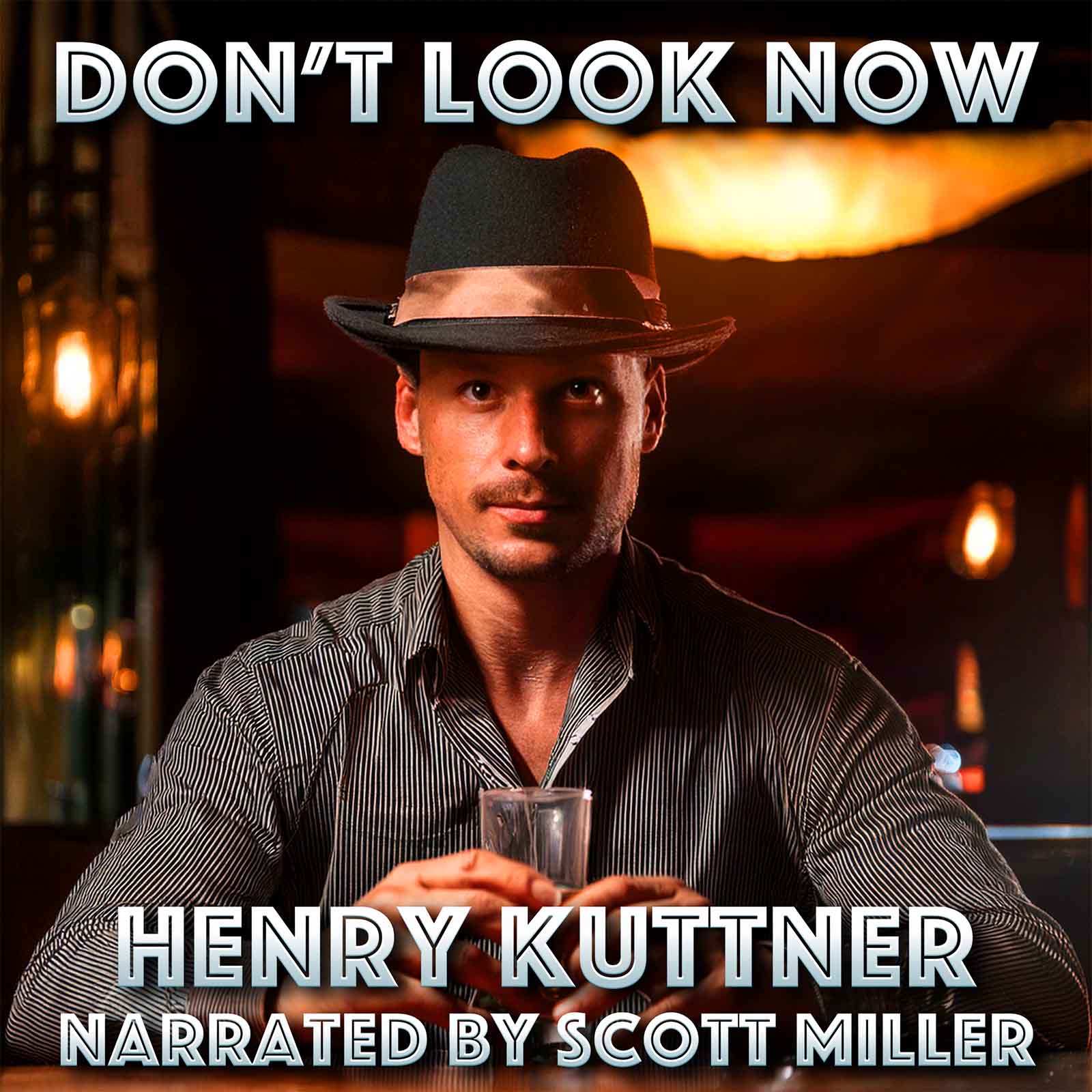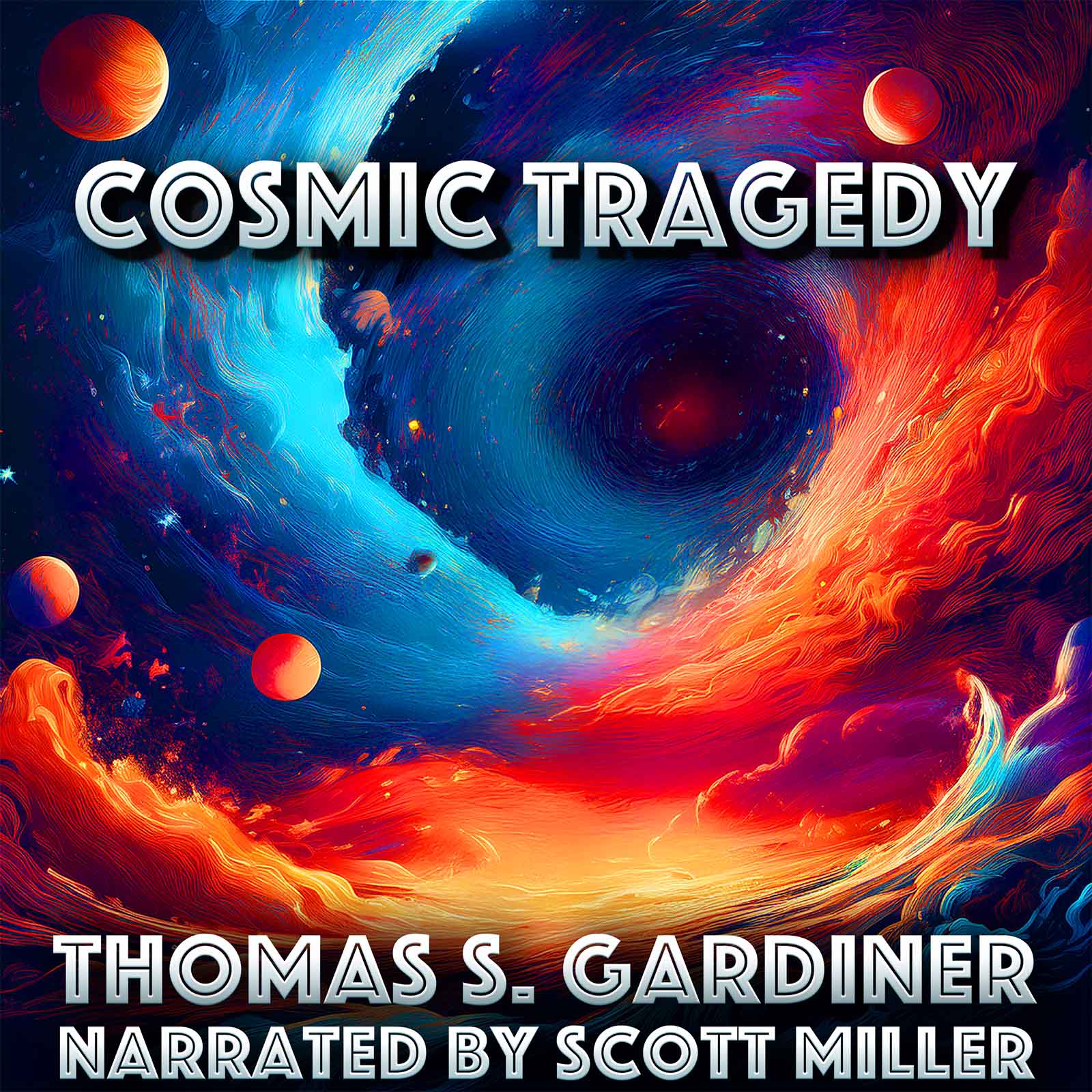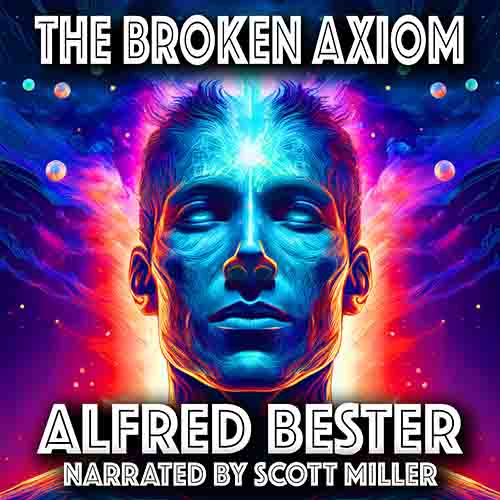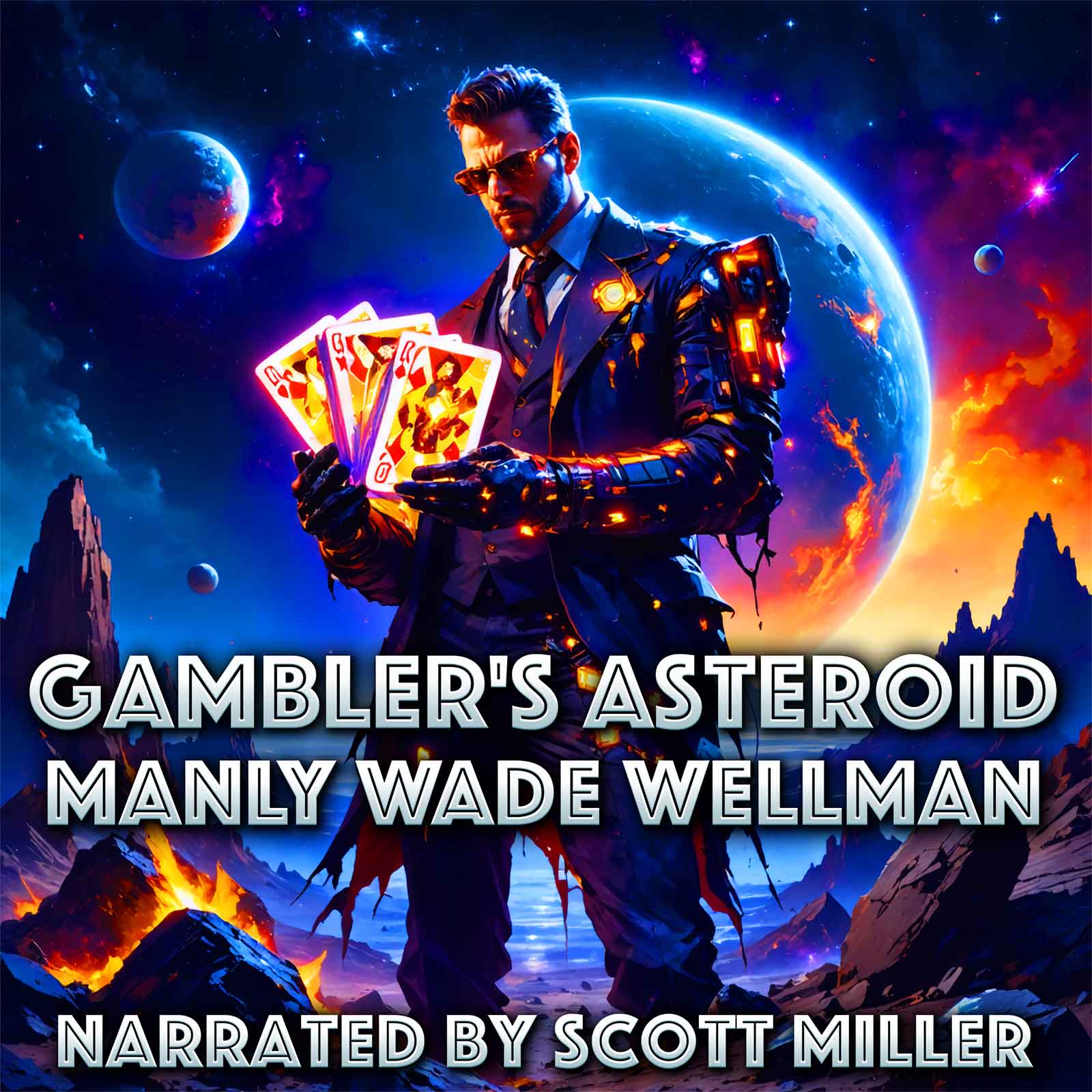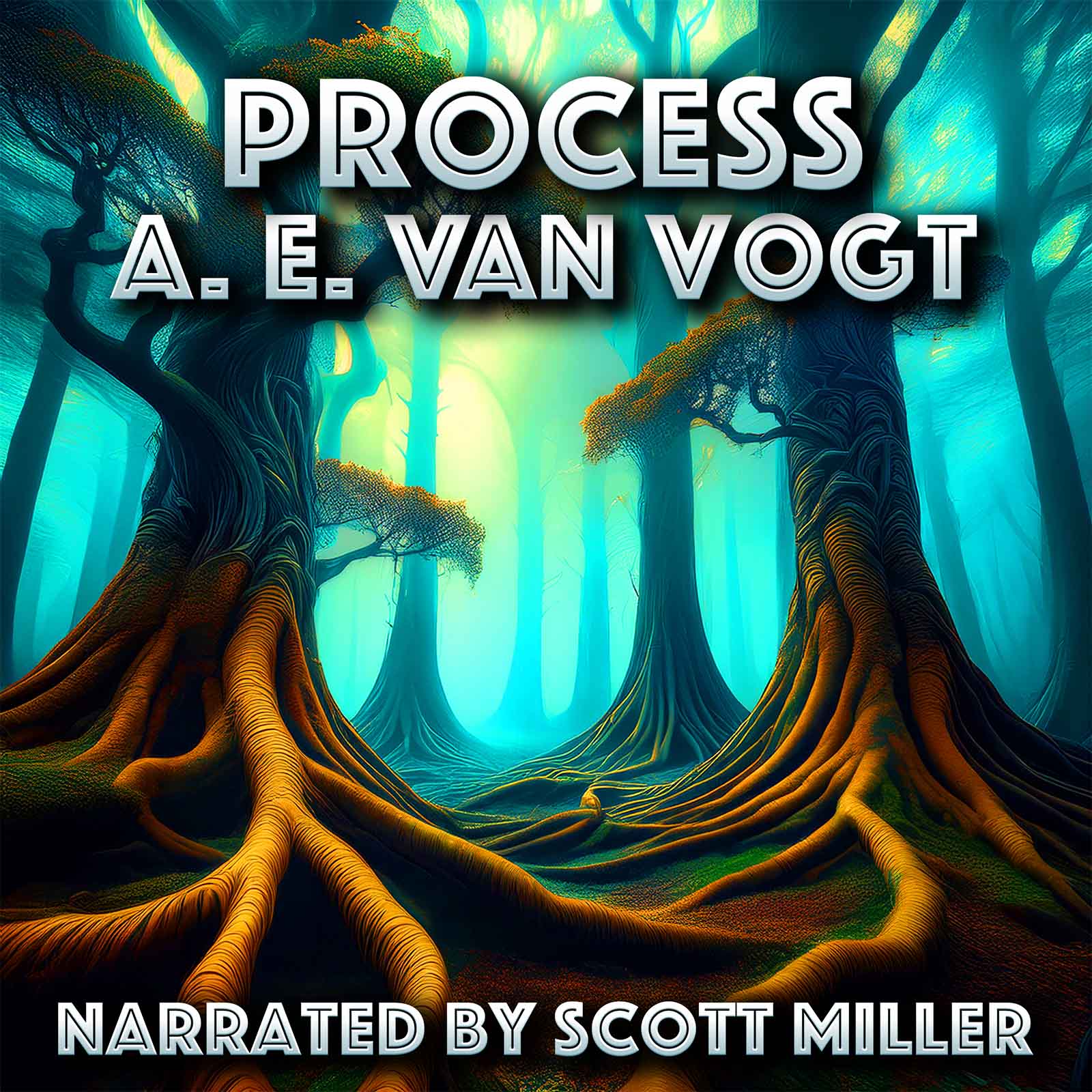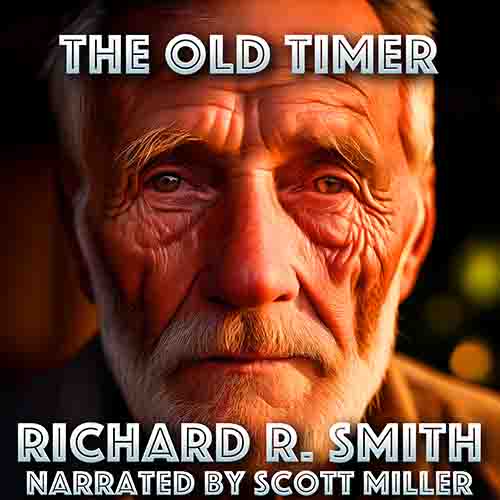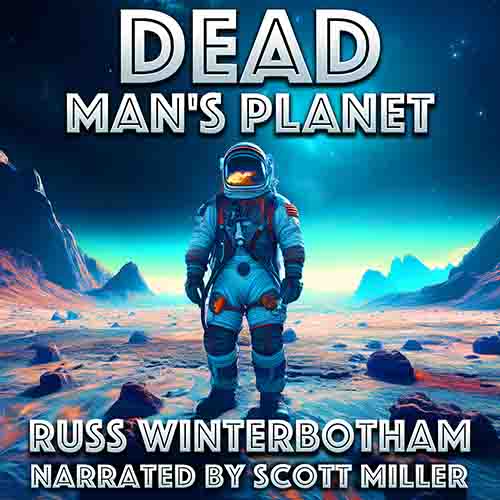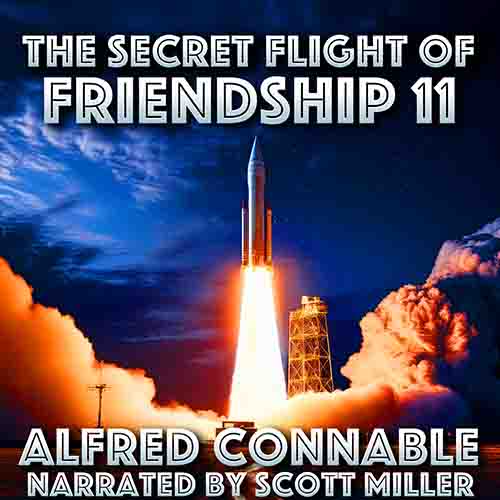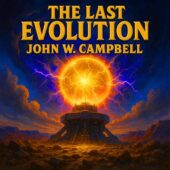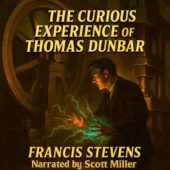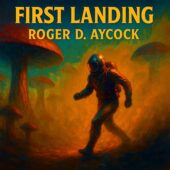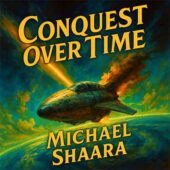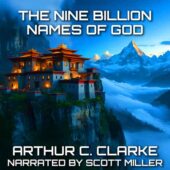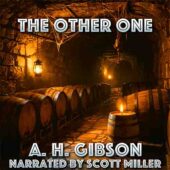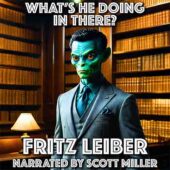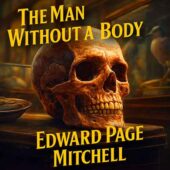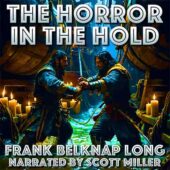Jack Williamson
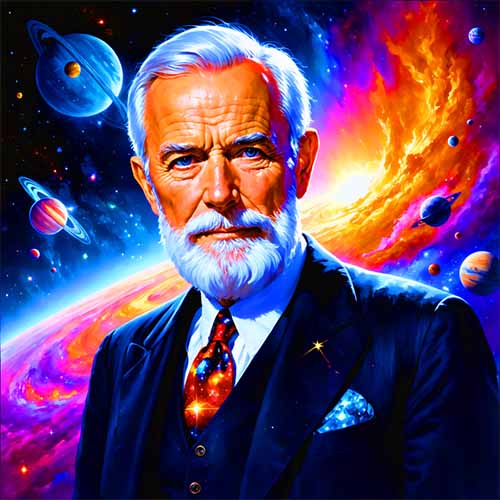
Biography
Jack Williamson: The Frontier Dreamer Who Gave Science Fiction Its Soul
When a young boy rode west in a covered wagon across the dusty plains of New Mexico, no one could have imagined that his restless imagination would one day help shape an entire literary genre. That boy was Jack Williamson, born John Stewart Williamson in the Arizona Territory on April 29, 1908. By the time he passed away in 2006 at the age of ninety-eight, he had become one of the longest-writing and most influential figures in science fiction history—a man whose work spanned the pulps of the 1920s to the digital dawn of the twenty-first century.
A Frontier Beginning
Williamson’s childhood was carved out of the frontier. His parents were former schoolteachers turned ranchers who pursued opportunity wherever the open land might allow it. They traveled by covered wagon from Arizona into western Texas, and eventually settled in the harsh, wind-swept country of eastern New Mexico. Their family ranch stood near Portales, in a landscape of vast horizons and lonely silence.
The isolation of that life planted the seeds of imagination. With few neighbors and fewer diversions, Jack devoured every printed word he could find. When Amazing Stories began appearing on the shelves of small-town newsstands, its promises of “scientific adventures” hit him like lightning. “It was as if someone had opened a door in the sky,” he later recalled. From that moment on, he knew what he wanted to do: he would tell stories of discovery, of wonder, of the limitless frontier beyond the stars.
Breaking into the Pulps
By 1928, the ranch hand from Roosevelt County was twenty years old and dreaming on paper. He typed out a strange tale about a man who falls victim to the very metal he studies—a story of transformation and terror set against a scientific backdrop—and sent it to Amazing Stories.
That story, “The Metal Man,” was published in the December 1928 issue, and it marked the beginning of a seventy-seven-year career. Told in the style of a firsthand report, it begins with the haunting line, “They found my body where the metal river ends.” The tale follows a pilot who lands near a mysterious metallic lake whose radiation slowly turns his body into living metal. It’s brief, breathless, and suffused with the golden-age faith that science could be both wondrous and deadly. The editor, Hugo Gernsback himself, recognized its raw energy and published it without hesitation.
For Williamson, the sale was more than an acceptance—it was a revelation. If a ranch boy from New Mexico could imagine new worlds and have them printed beside the legends of early science fiction, then the genre was open to anyone brave enough to dream.
The Meteor Girl and the Expanding Universe
Flush with success, Williamson continued to write whenever ranch work allowed. His second notable story, “The Meteor Girl,” appeared in Astounding Stories in 1931. In it, a young scientist discovers a mysterious celestial object that draws him—and the woman he loves—into a dimensional rift between worlds. “A streak of fire split the night sky,” Williamson wrote, “and where it fell, space itself seemed to twist like molten glass.” The story blended romance, cosmic speculation, and human yearning in a way that hinted at the mature writer he would become.
Both The Metal Man and The Meteor Girl display Williamson’s instinct for the sublime. They’re pulp adventures, yes, but beneath the surface there’s a fascination with transformation, identity, and the tension between discovery and danger. In their brief spans, you can already feel the stirrings of a lifelong conversation between humanity and the unknown.
Learning the Craft
During the early 1930s, Williamson’s letters and manuscripts began circulating among the small but passionate community of science-fiction fans and writers. He struck up a correspondence with Miles J. Breuer, a physician and fellow author, who became both mentor and collaborator. Their joint story, The Girl from Mars, taught Williamson the value of structure and discipline—qualities often lacking in the exuberant chaos of the pulps.
Under Breuer’s guidance, Williamson learned to weave scientific plausibility into his sense of wonder. He read Wells for moral inquiry, Merritt for atmosphere, and Burroughs for energy. By combining those influences, he forged a voice that was both romantic and rational—a voice that would carry him through eight decades of writing.
In 1933, personal struggles drove him to seek treatment at the Menninger Clinic in Kansas, one of the few psychiatric institutions exploring the connections between creativity and emotional well-being. The experience left its mark. He emerged with a new understanding of human frailty and the boundaries of reason—insights that would echo through his later stories, where the line between man and machine, sanity and obsession, often blurs.
The Golden Decade
By the late 1930s, Williamson was one of the leading names in the field. His novella “The Legion of Time” (1938) catapulted him into the top ranks of pulp adventure. A tale of temporal warfare fought across alternate timelines, it introduced readers to the idea that history itself could be rewritten—a concept that would resonate with generations of science-fiction writers to come.
This period also saw Williamson experimenting with darker and more philosophical ideas. His imagination was expanding beyond the pulp tradition’s simple dichotomy of hero and villain. Where early stories had been about discovery, later ones began to ask what discovery costs.
War, Change, and Renewal
World War II altered the landscape of science fiction and of Williamson’s own life. Serving as a weather forecaster in the Army Air Corps, he absorbed the new realities of technology and destruction. When he returned to civilian life, he found the genre—and himself—transformed.
In 1948 he published Darker Than You Think, a hybrid of horror and science fiction in which ancient shape-shifters challenge modern rationality. It was bold, unsettling, and deeply psychological—an echo of his Menninger experiences and his growing interest in the unconscious mind.
Just a year later came “With Folded Hands…” and its sequel The Humanoids, in which robotic caretakers enforce perfect obedience to the command: “To serve and obey, and guard men from harm.” The result is a haunting vision of benevolent tyranny that anticipated the automation debates of the computer age, and its quiet terror still resonates in the era of artificial intelligence.
The Scholar of the Future
While many pulp writers faded as the magazines declined, Williamson chose reinvention. In the early 1950s, he enrolled at Eastern New Mexico University to study English literature. He earned his bachelor’s and master’s degrees, then went on to complete a Ph.D. at the University of Colorado with a dissertation on H. G. Wells.
In 1960 he joined the faculty of ENMU, teaching courses in creative writing and one of the first university classes ever devoted entirely to science fiction. His students, many of whom had grown up reading his stories, were astonished to find that their professor had once been a pulp legend. To Williamson, however, there was no contradiction. “Science fiction,” he told them, “is our mythology—an evolving map of what we believe the future can be.”
As a scholar, he helped legitimize the genre. He founded Extrapolation, one of the first academic journals dedicated to science-fiction criticism, and donated his manuscripts and correspondence to create what is now the Jack Williamson Science Fiction Library at ENMU. In the process, he became a bridge between the dreamers of the pulp age and the critics of the modern academy.
Words That Became the Future
If Williamson had written nothing else, his contribution to the language of science fiction would still be immense. He coined—or at least first popularized—terms that later migrated into real scientific discourse. The Oxford English Dictionary credits him with introducing “terraforming” in a 1942 story and one of the earliest uses of “genetic engineering.”
His “Seetee” novels, written under the pseudonym Will Stewart, dealt with antimatter long before it became a staple of modern physics. In them he imagined ships powered by captured annihilation energy and miners exploiting “C-terrene,” short for “contra-terrene” matter. What had begun as pulp speculation would later be echoed by real astrophysicists.
Williamson’s fascination with the limits of humanity—biological, psychological, and ethical—was constant. Whether exploring the madness of transformation in The Metal Man or the dehumanizing perfection of the robots in The Humanoids, he returned again and again to the same question: What does it mean to be human in a universe of our own creation?
Collaboration and Continuity
In the 1950s and 1960s Williamson began a fruitful partnership with Frederik Pohl, one of the sharpest editors and writers of the postwar era. Together they produced a string of novels that fused adventure with social commentary, including Undersea Quest (1954), Undersea Fleet (1956), and The Reefs of Space (1964).
The Pohl-Williamson collaborations captured the optimism and anxiety of the space age. They portrayed a future of exploration tempered by bureaucracy, where human dreams collide with systems too vast to comprehend. For Williamson, who had grown up amid the limitless expanse of the New Mexico plains, the metaphor was irresistible: every frontier, no matter how wide, eventually builds its own fences.
A Teacher and Mentor
At Eastern New Mexico University, Williamson became a beloved figure. Students described him as gentle, patient, and endlessly curious. He held weekly writing circles in his modest office, offering encouragement rather than criticism. His fame mattered little to him; what mattered was nurturing the next generation of storytellers.
Even as he lectured on Wells, Clarke, and Bradbury, he continued to write his own tales. He published new novels well into his eighties and nineties, each carrying the clarity and moral inquiry that had defined his work since The Metal Man. For him, imagination was not a youthful indulgence—it was a lifelong discipline.
Late Triumphs
Few authors in any field have enjoyed a career spanning nearly eight decades, and fewer still have ended it on a note of triumph. In 2001, Williamson won the Hugo Award for Best Novella with The Ultimate Earth, a meditation on immortality, memory, and the persistence of the human spirit. It was written when he was ninety-two years old.
His final novel, The Stonehenge Gate (2005), blended myth and cosmology, linking ancient Earth to interstellar civilizations. Even in his late nineties he was still asking the same questions he’d posed in the pulps of his youth—only now they carried the gravity of a lifetime’s contemplation.
Honors and Recognition
The science-fiction community recognized Williamson as one of its founding fathers. In 1976, the Science Fiction Writers of America named him its second Grand Master, following only Robert A. Heinlein. Two decades later, he was inducted into the Science Fiction and Fantasy Hall of Fame.
He also received the World Fantasy Award for Lifetime Achievement, the Bram Stoker Award, and numerous academic honors. Astronomers even named two asteroids after him—5516 Jawilliamson and 235281 Jackwilliamson—ensuring that his name literally travels the heavens he once imagined.
Style and Substance
Critics have long noted the balance in Williamson’s work between the exuberance of the pulp imagination and the precision of the academic mind. His prose was clear and direct, never ornamental, but charged with a quiet lyricism. He preferred ideas to ornament, clarity to flourish.
Beneath that clarity, though, lies a deep emotional current. His stories reveal a writer who understood fear, isolation, and longing. The lonely pilot of The Metal Man, slowly losing his humanity to an alien force, mirrors the young rancher who felt himself turning to stone under the weight of solitude. The scientist of The Meteor Girl, chasing a falling star that becomes both miracle and curse, echoes Williamson’s lifelong pursuit of the unreachable.
In story after story, his heroes confront transformation—sometimes cosmic, sometimes personal—and face the ultimate paradox: that to evolve, one must risk losing oneself.
Bridging Generations
Williamson’s longevity gave him a unique vantage point. He watched science fiction evolve from garish pulp magazines to literary respectability, from rocket dreams to moon landings, from mechanical robots to digital consciousness. Through it all, he remained engaged and optimistic.
He saw himself not as a relic of the past but as a witness to the genre’s growth. When new writers emerged—Bradbury, Clarke, Asimov, Le Guin—he read them eagerly, finding in their work the same sense of wonder that had once seized him under the desert stars. He often said that the strength of science fiction lay in its ability to keep reinventing itself, to remain “a literature of the frontier—wherever the frontier happens to be.”
The Man Behind the Stories
Away from the classroom and the typewriter, Williamson lived a quiet life. He married Blanche Slaten Harp in 1947, and they shared nearly sixty years together. He remained in Portales, not far from the land his family had settled a century before. Friends described him as soft-spoken, courteous, and wryly humorous, with the calm of a man who had long ago made peace with his own dreams.
He was known to tend his garden in the mornings, write through the afternoons, and in the evenings, look up at the same sky that had inspired his first story. Even in old age he kept his telescope by the porch, ready for meteor showers—perhaps remembering that first fictional meteor girl who fell through the heavens and into the heart of a lonely scientist.
The Final Years and Legacy
Williamson continued to attend conventions, correspond with fans, and write essays until the end of his life. When asked how he managed to keep producing stories at such an age, he replied, “Because I still have questions.”
On November 10, 2006, Jack Williamson passed away peacefully at his home in Portales. He had written and published fiction in every decade from the 1920s to the 2000s—a feat no other science-fiction writer has matched.
At the time of his death, he was still revising essays and notes for lectures, still reading manuscripts from aspiring writers, still gazing toward the stars.
Jack Williamson’s legacy is written not only in his novels and stories but in the language of the future itself. When scientists speak of terraforming a planet, they are echoing his imagination. When authors explore the ethics of artificial intelligence, they are walking the path he first cleared with The Humanoids.
Yet beyond his influence on vocabulary or concept, Williamson’s true contribution is emotional. He gave science fiction a conscience. His stories remind readers that progress is never free, that technology carries both salvation and sorrow, and that the human spirit endures precisely because it questions.
From the terrified pilot of The Metal Man to the eternal travelers of The Stonehenge Gate, his characters share one defining trait: curiosity. They reach, they fall, they transform, but they never stop reaching. In that sense, Jack Williamson remains the perfect symbol of the genre he helped build—a pioneer forever venturing into the unknown.

